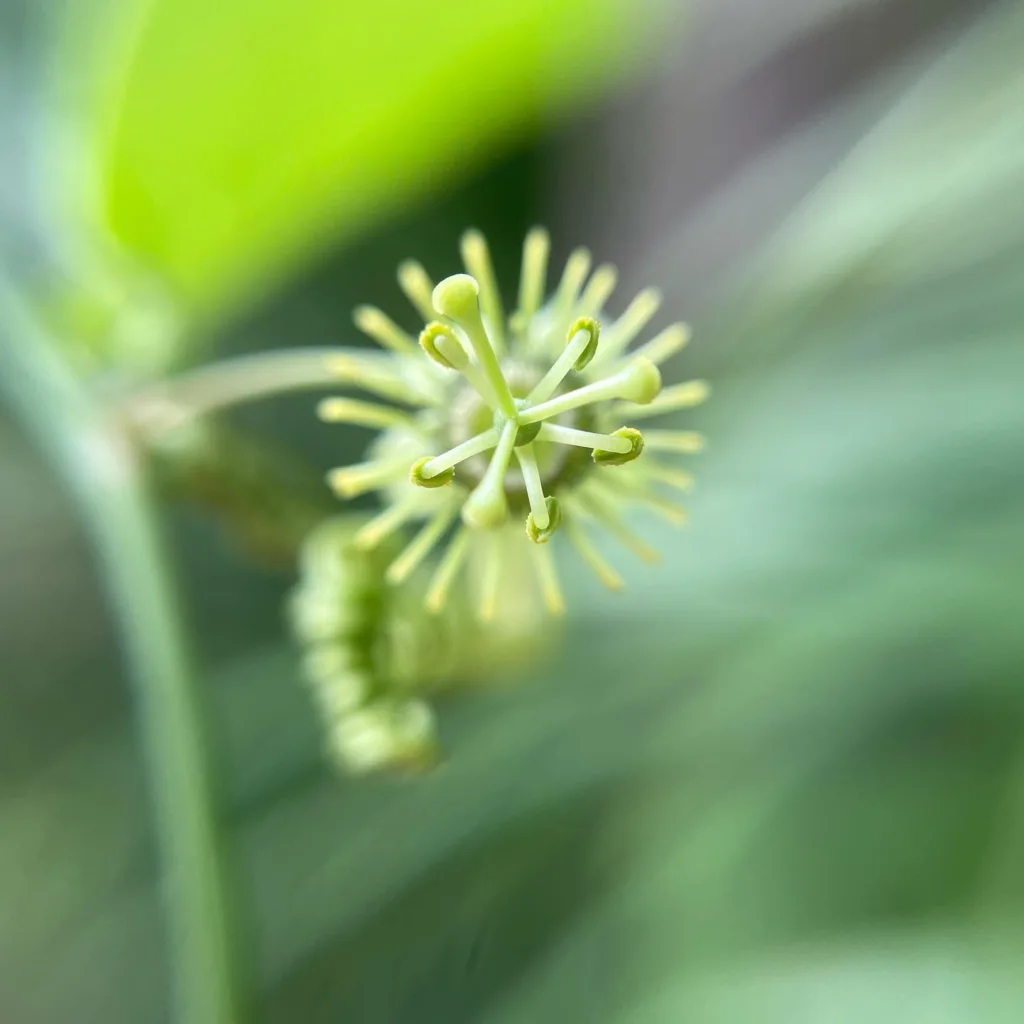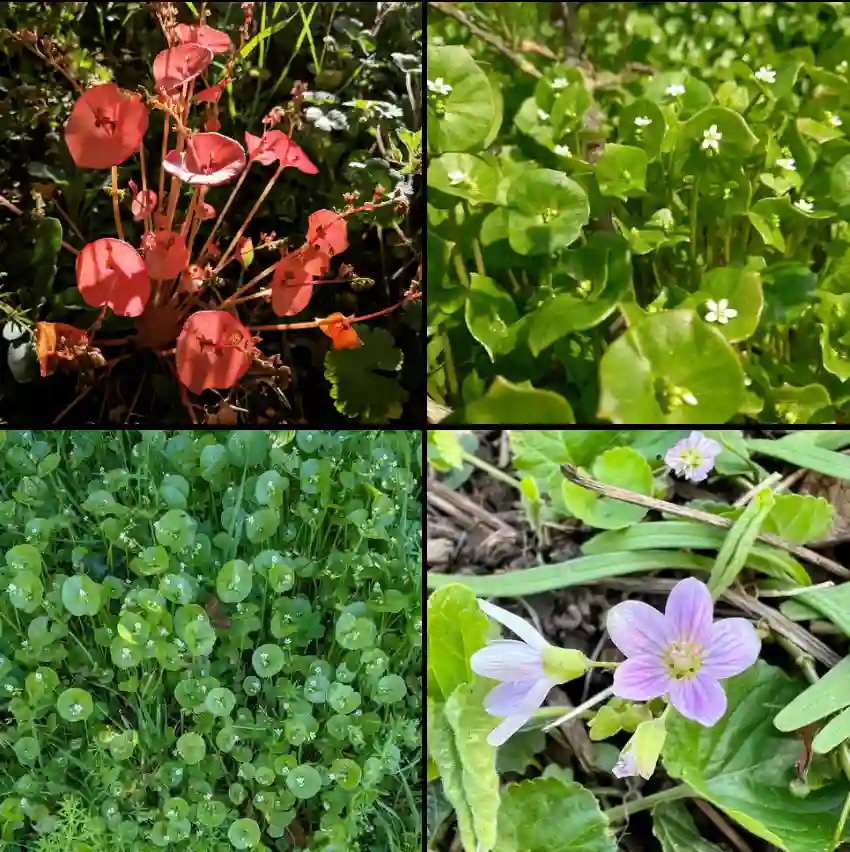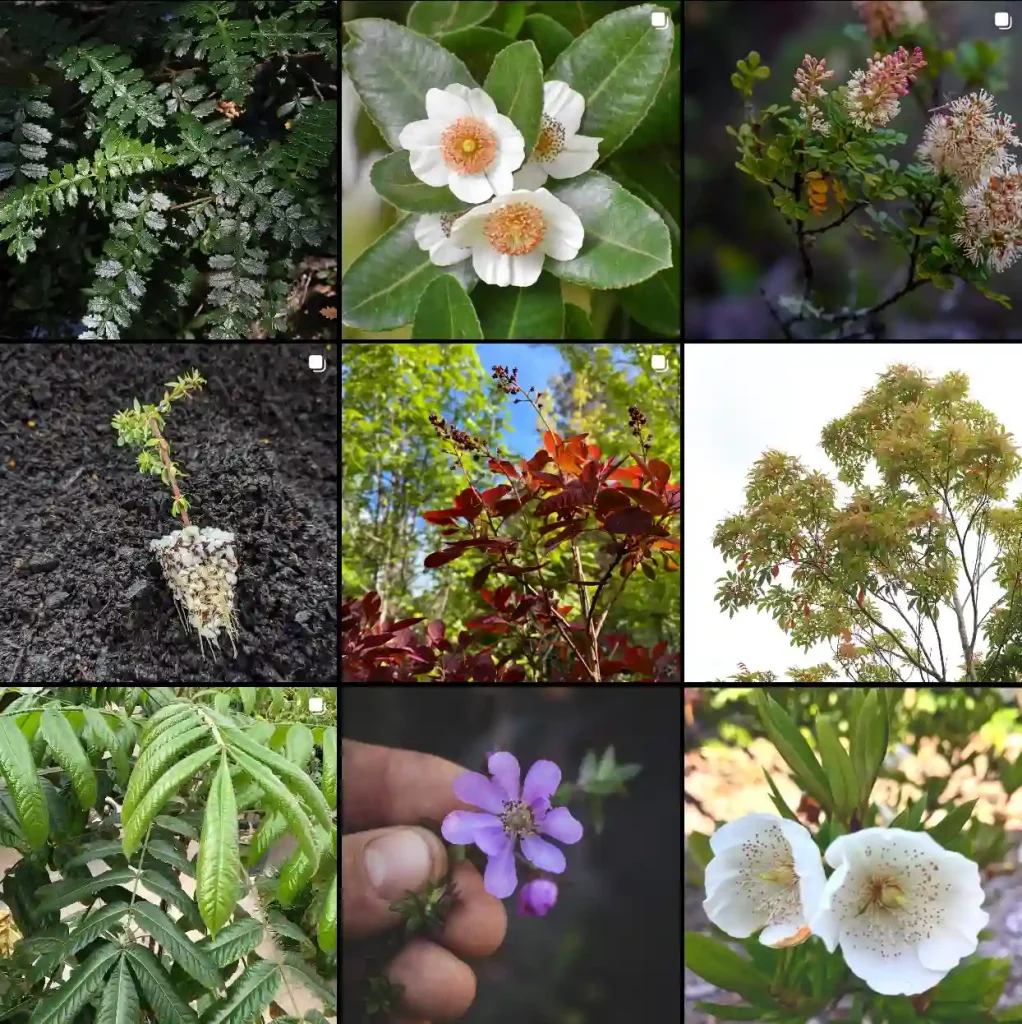Butia: A Palm for All Seasons
The Butia genus from Arecaceae family has always fascinated me. These South American palms, with their feathery fronds and delicious fruits, are a testament to nature’s beauty and bounty. From the sun-drenched plains of Uruguay to the rolling hills of Brazil, Butia palms thrive, adding a touch of tropical elegance to the landscape. I’ve spent countless hours studying these majestic plants, captivated by their resilience and diversity.
A Closer Look at Butia
What distinguishes Butia from other palm genera? It’s a combination of factors. Their pinnate leaves, often arching gracefully downwards, create a distinctive silhouette. Then there are the fruits. These fleshy, often brightly colored drupes, are a feast for the eyes and the palate. Many Butia species produce edible fruits, some with a sweet, pineapple-like flavor. In fact, the common name “jelly palm” is a testament to the jelly and jam frequently made from these fruits.
But Butia is more than just a pretty face. These palms are hardy survivors, tolerant of drought, wind, and even moderate frost. This resilience makes them a popular choice for landscaping, even in regions with less than ideal climates.
Species within the Genus
The Butia genus boasts a diverse array of species, each with its unique characteristics. Here are:
- Butia capitata: Perhaps the most well-known species, Butia capitata is the quintessential jelly palm. Its large, orange fruits are a culinary delight, used in jams, jellies, and even alcoholic beverages. – Plant FAQs: Butia Capitata – Pindo Palm – Jelly Palm
- Butia yatay: This majestic palm can reach towering heights, dominating the landscape with its imposing presence. Its large, sweet fruits are a valuable food source for both humans and wildlife.
- Butia eriospatha: Known as the woolly jelly palm, this species is distinguished by its woolly, white-haired leaf sheaths. Its fruits are smaller than those of Butia capitata but equally delicious.
- Butia odorata: This species is prized for its fragrant flowers, which perfume the air with a sweet, intoxicating scent. Its fruits are also edible, though not as widely consumed as those of other species.
- Butia archeri (Glassman) Glassman
- Butia arenicola (Barb.Rodr.) Burret
- Butia buenopolensis B.F.Sant’Anna-Santos
- Butia campicola (Barb.Rodr.) Noblick
- Butia catarinensis Noblick & Lorenzi
- Butia exilata Deble & Marchiori
- Butia exospadix Noblick
- Butia lallemantii Deble & Marchiori
- Butia lepidotispatha Noblick
- Butia leptospatha (Burret) Noblick
- Butia marmorii Noblick
- Butia matogrossensis Noblick & Lorenzi
- Butia microspadix Burret
- Butia noblickii Deble, Marchiori, F.S.Alves & A.S.Oliveira
- Butia paraguayensis (Barb.Rodr.) L.H.Bailey
- Butia poni (Hauman) Burret
- Butia pubispatha Noblick & Lorenzi
- Butia purpurascens Glassman
- Butia soffiae B.F.Sant’Anna-Santos
- Butia witeckii K.Soares & S.J.Longhi
Butia in Cultivation
The hardiness and adaptability of Butia palms make them a favorite among gardeners and landscapers. They can be grown in a variety of climates, from subtropical to temperate regions. Their tolerance of drought and frost makes them a low-maintenance choice for those seeking a touch of the tropics in their gardens.
When cultivating Butia palms, it’s important to provide well-drained soil and ample sunlight. While they can tolerate some shade, they thrive in full sun. Regular watering is essential, especially during the establishment phase. Once established, however, Butia palms are relatively drought-tolerant.
Propagation is typically done through seeds, which germinate readily with warmth and moisture. It’s a rewarding experience to nurture a Butia palm from seed, watching it grow from a tiny sprout to a majestic specimen.
The Future of Butia
As the world faces the challenges of climate change, the resilience of Butia palms becomes even more valuable. Their ability to withstand drought and extreme weather conditions makes them a sustainable choice for landscaping. Furthermore, their edible fruits offer a potential source of food security in a changing world.
Research into the Butia genus continues, with scientists exploring its potential for various applications. From biofuel production to medicinal uses, Butia palms hold promise for the future.
In conclusion, the Butia genus is a testament to the beauty, resilience, and versatility of nature. Whether admired for their ornamental value, cultivated for their delicious fruits, or studied for their potential applications, Butia palms continue to captivate and inspire. As we move forward, let us appreciate and protect these remarkable plants, ensuring that they continue to thrive for generations to come.
If i die, water my plants!



